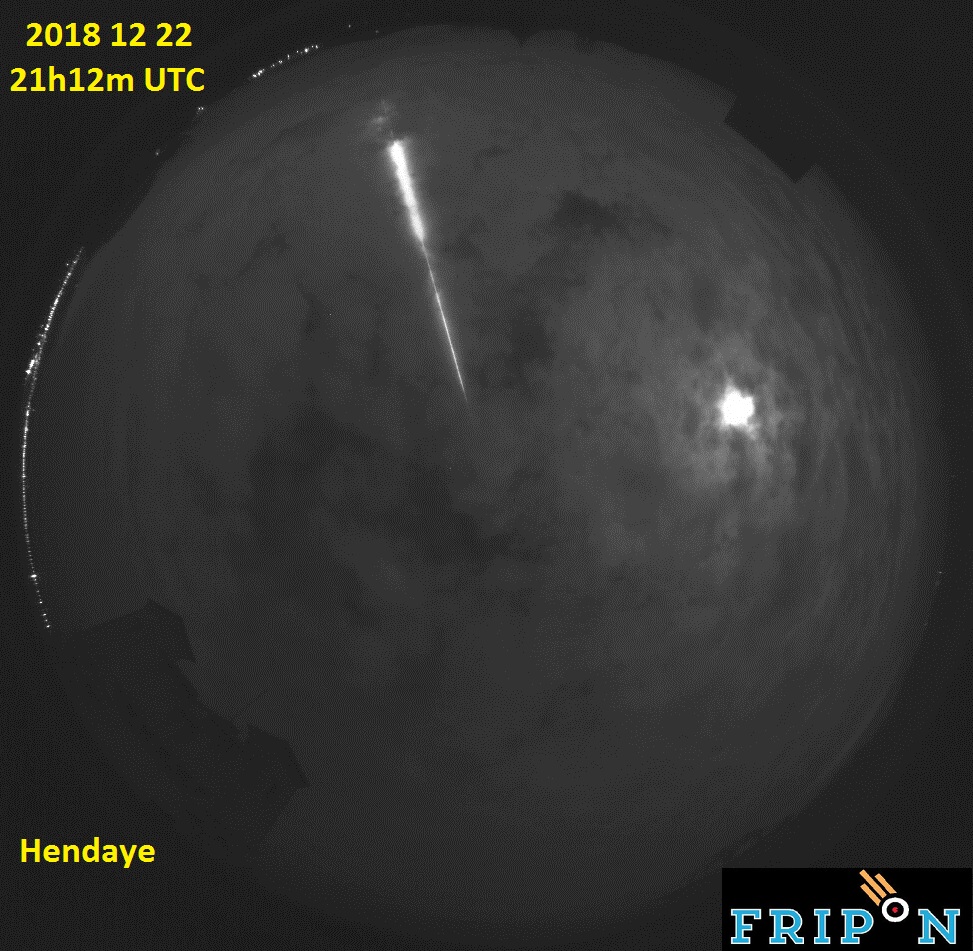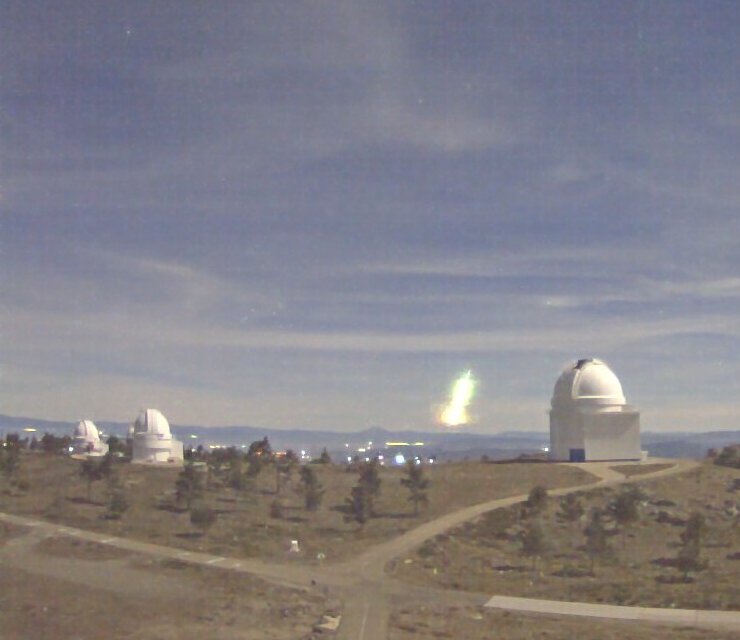

your browser is out of date
To get the best experience please upgrade to a new browser


 You saw something bright and fast? Like a huge shooting star? Report it: it may be a fireball.
You saw something bright and fast? Like a huge shooting star? Report it: it may be a fireball.
 You counted meteors last night? Share your results with us!
You counted meteors last night? Share your results with us!
 You took a photo of a meteor or fireball? You have a screenshot of your cam? Share it with us!
You took a photo of a meteor or fireball? You have a screenshot of your cam? Share it with us!
 You caught a meteor or fireball on video? Share your video with us!
You caught a meteor or fireball on video? Share your video with us!